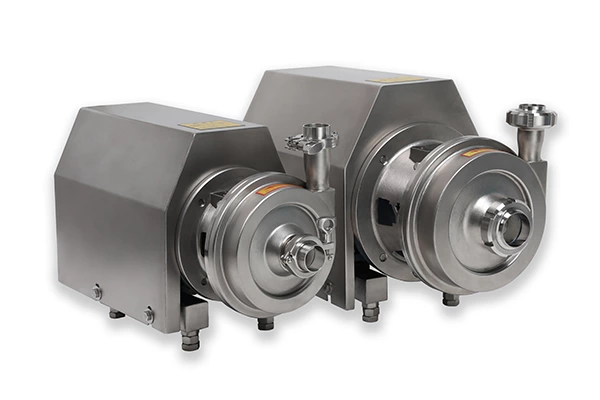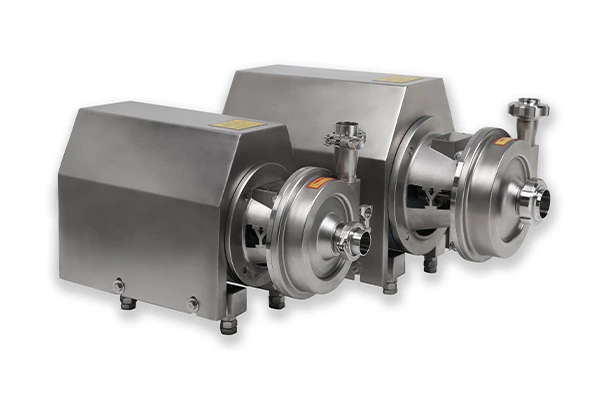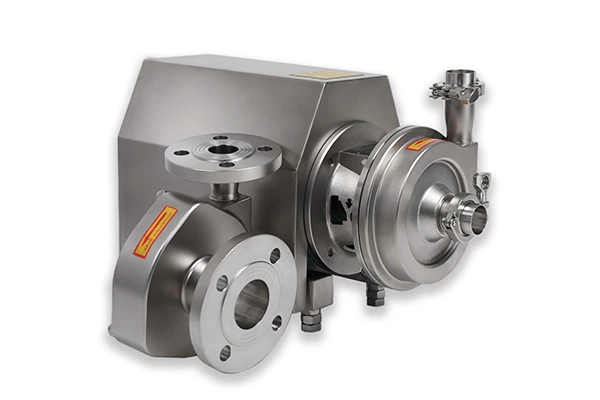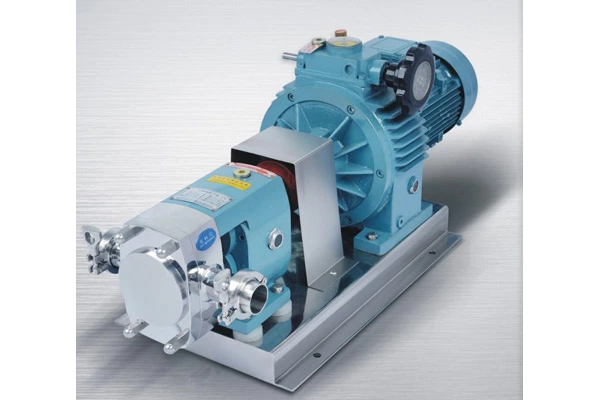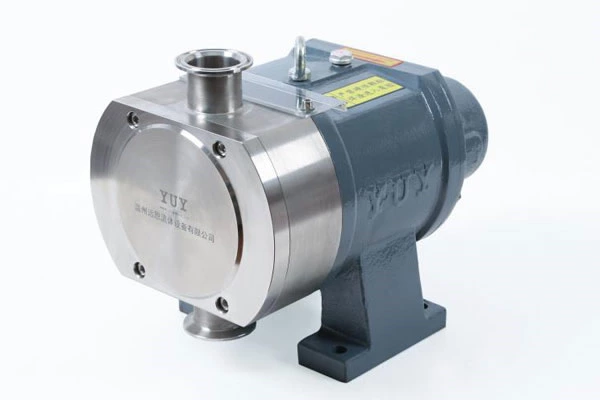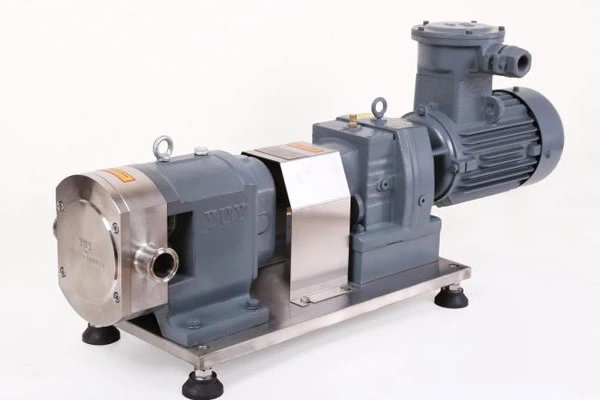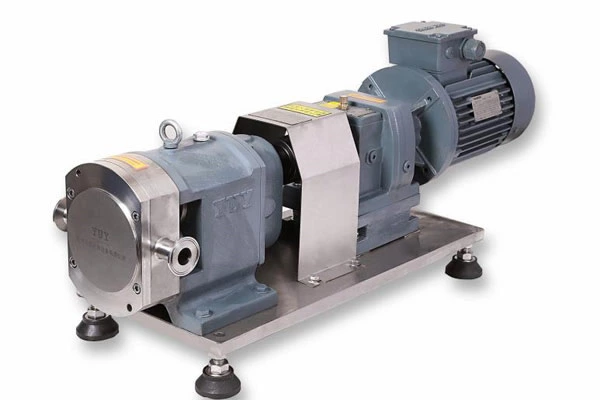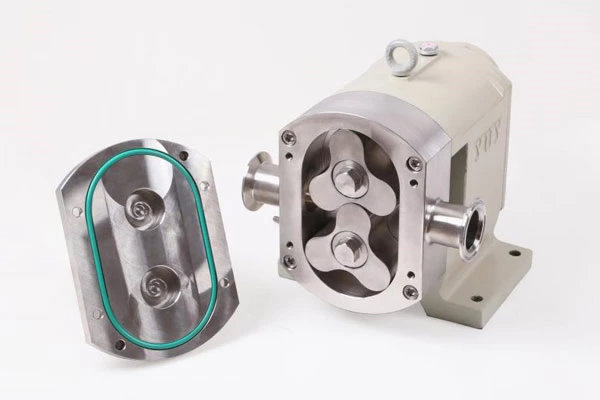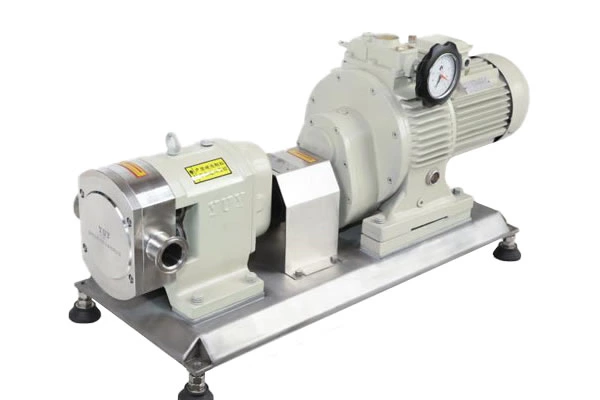Causes And Treatment Methods Of Sanitary Centrifugal Pump Failure
In the water supply system, Sanitary Centrifugal Pump is in a state of regular operation. Often, various faults prevent the sanitary centrifugal pump from working properly. Common faults, causes and treatment methods of sanitary centrifugal pumps:
1. The sanitary centrifugal pump does not supply water
(1) When the suction pipe of the sanitary centrifugal pump has air in the pipe due to the reverse slope and has formed an air plug, the sanitary centrifugal pump cannot continuously absorb water and causes the sanitary centrifugal pump to not supply water. When the reverse slope occurs, the slope should be adjusted, and the air in the pump body and the suction pipe should be promptly removed.
(2) The suction bottom valve is not tight or damaged, so that the suction pipe is not full of water, or the bottom valve and the suction port are blocked by mud and debris, so that the bottom valve is not closed tightly. When the above faults are confirmed, the dirt should be cleaned in time, the bottom valve should be repaired, and it should be replaced if damaged.
(3) The insufficient immersion depth of the bottom valve will also cause the sanitary centrifugal pump to not supply water. The depth of the suction pipe immersed in water should be increased.
(4) If the water level in the pool (water tank) is too low, the sanitary centrifugal pump will not be able to supply water. At this time, check whether the water intake and water pressure in the water intake system are seriously insufficient; whether the float valve, liquid level control valve, etc. are malfunctioning. If problems are found, the water replenishment time should be adjusted in time (such as replenishing water during low-peak water consumption at night), and the malfunctioning water inlet valve should be repaired or replaced.
2. In addition to checking the submergence depth of the suction pipe and the air storage in the suction pipe, the water output of the sanitary centrifugal pump is reduced. In addition to checking the reasons such as the submergence depth of the suction pipe and the reverse slope of the suction pipe, it is also necessary to check whether the impeller seal ring of the sanitary centrifugal pump is damaged and replace it in time.
3. The bearing of the sanitary centrifugal pump is overheated. When the sanitary centrifugal pump is running, the bearing temperature rise should not exceed 60℃ , when the bearing is short of oil or the sanitary centrifugal pump is not concentric with the motor shaft, the bearing clearance is too small, and the packing is pressed too tightly, the bearing may overheat. At this time, the concentricity should be adjusted, oil should be added, and the tightness of the packing gland should be adjusted.
4. The vibration and noise of the sanitary centrifugal pump are too large.
When the concentricity deviation of the sanitary centrifugal pump is too large, it will produce large vibrations. Secondly, check whether the anchor bolts and base bolts are tightened without looseness. For buildings that require strict control of noise and vibration, vibration reduction or vibration isolation devices should be added.
When the depth of the suction pipe is too large and the water level of the suction tank is too low, the sanitary centrifugal pump will also produce cavitation and increase the noise of the sanitary centrifugal pump.
